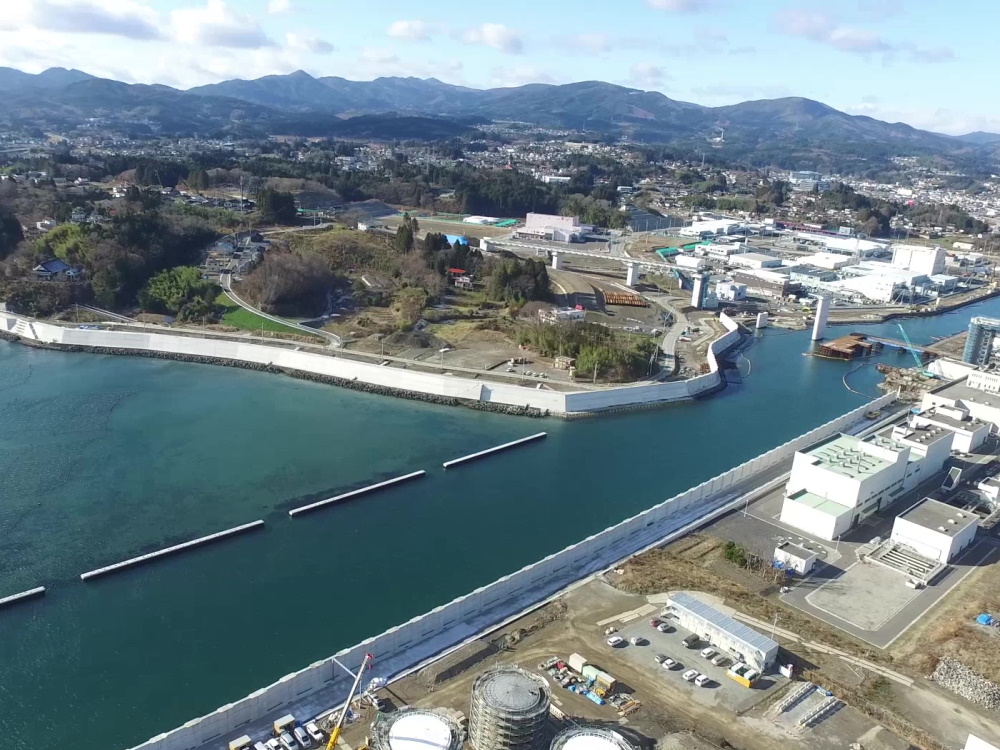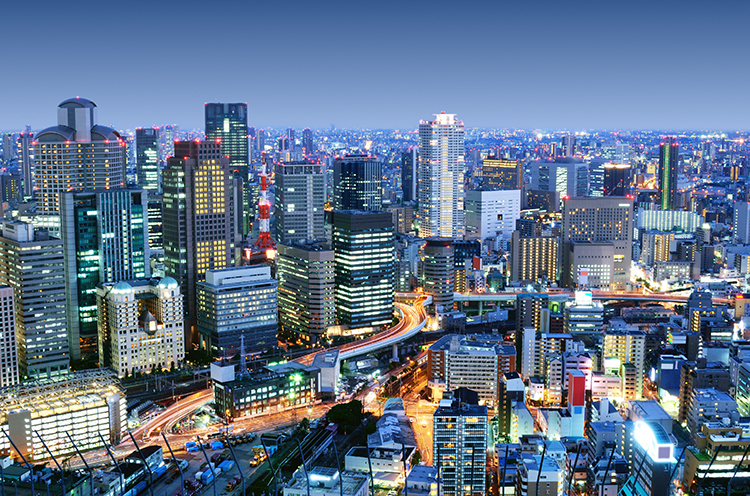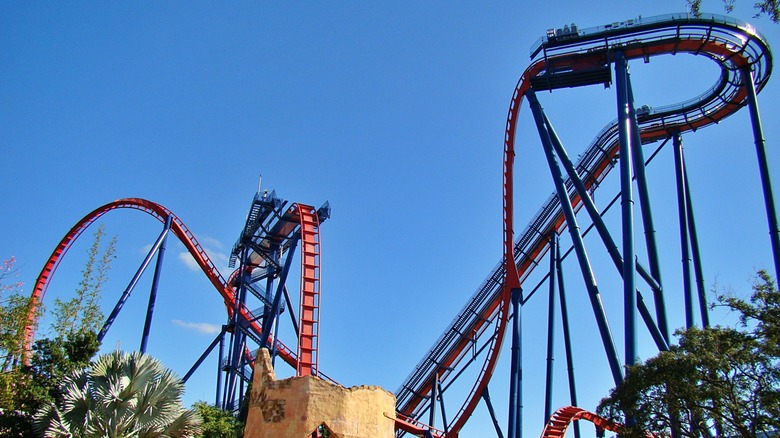Picture this: You’re strolling along a hidden beach where the sand meets lush mangroves and the only sounds are waves lapping and birds calling from the hills. That’s Katoku on Amami Ōshima, a spot that feels like stepping into a forgotten paradise. But now, imagine a massive concrete wall slicing through that serenity, blocking the view and stirring up fights among neighbors who’ve known each other forever. I’ve followed stories like this from afar, chatting with environmental folks online, and it hits home—reminds me of community splits back in my hometown over a new highway. This seawall saga isn’t just about bricks and mortar; it’s a heartbreaking tale of progress clashing with preservation, leaving folks torn between safety and soul.
The Pristine Gem of Amami Ōshima
Amami Ōshima sits in Japan’s subtropical southwest, a UNESCO World Heritage Site since 2021 bursting with rare wildlife and untouched shores. Katoku village hugs its southeast coast, a tiny hamlet of about 20 households where life revolves around the beach and a winding river. This spot stands out as one of Japan’s last concrete-free beaches, a rarity in a country where over 40% of coastlines are armored against the sea.
What Makes Katoku Beach Special?
It’s not just sand and surf—think endangered sea turtles nesting under starlit skies and black rabbits hopping through dunes. The river here flows freely, shifting with seasons and nurturing a web of life from frogs to fish. Locals have guarded this balance for generations, but changing weather patterns are testing that harmony.
Historical Ties to the Land
Folks in Katoku trace roots back centuries, blending fishing traditions with reverence for nature. Elders share tales of typhoons that reshaped the shore without destroying it, fostering a deep respect for the island’s rhythms. Yet modern pressures, like depopulation, push some toward quick fixes.
Roots of the Seawall Controversy
The idea sparked after two fierce typhoons in 2014 eroded dunes, alarming residents about their homes and an ancestral site. Kagoshima Prefecture stepped in, proposing a seawall as the go-to solution in Japan’s playbook for disaster prep. By 2018, plans were greenlit, but whispers of doubt grew into outright protests.
Timeline of Events Leading Up
It all kicked off with local pleas for erosion control, not necessarily concrete. Surveys and expert panels followed from 2016, but critics say they skimmed over alternatives. Construction crews arrived in 2022, only to face sit-ins that paused work multiple times.
Government Rationale for Building
Officials argue it’s about safeguarding lives in a typhoon-prone zone, pointing to rising seas from climate change. They tout the wall as “eco-friendly,” with sand covers and plantings to blend in. For them, it’s proven tech in a nation scarred by tsunamis like 2011’s devastation.
Dividing Lines in the Community
Talk to villagers, and you’ll hear raw emotions—friends turning frosty over differing views. One side sees the wall as a lifesaver; the other, a destroyer of what makes Katoku home. It’s like that old family argument over selling grandma’s farm; practical but painful.
Voices of Support from Locals
Village chief Shigeo Sakae backs it, noting every other spot on the island has similar protections. “We’re the last ones left out,” he says, echoing fears of being vulnerable. Some residents worry about losing homes to erosion without intervention.
Opposition from Residents and Activists
Surfer Jean-Marc Takaki calls it a “barrier dividing us,” rallying through groups like Save Katoku. Hisami Take, a local spotting rare turtle tracks, fears the wall scares wildlife away. “No eggs this year—maybe the ropes signal danger,” she laments.
Emotional Toll on Relationships
Protests have strained bonds; sit-ins mean skipped gatherings, hushed talks at stores. Yet there’s hope—Take believes deep down, everyone wants to protect the beach. It’s a poignant reminder of how big decisions ripple through small towns.
Environmental Stakes at Play
Amami Ōshima teems with biodiversity—over 1,800 plant species and 95 endangered critters call it home. Katoku’s beach is a hotspot, but the seawall threatens to upend that delicate dance of sand, river, and life.
Impacts on Endangered Species
Loggerhead turtles might skip nesting if blocked; the Amami rabbit could lose foraging grounds. Ishikawa’s frogs and newts risk habitat loss from disrupted river flows. A 2024 report warns the wall sits in the river’s path half the year.
Disruption to Natural Ecosystems
Dunes naturally buffer storms, but concrete fixes the shore, accelerating erosion elsewhere. Neighboring beaches with walls have shrunk, littered with debris. It’s ironic—built for protection, it could harm the very environment it aims to shield.
Long-Term Climate Considerations
With seas rising, flexible nature-based defenses adapt better than rigid walls. Experts warn concrete might trap water during big storms, worsening floods. Katoku’s UNESCO status hangs in the balance, urging a rethink.
Comparing Hard vs. Soft Coastal Defenses
Japan’s love affair with concrete contrasts global shifts toward greener options. Think massive walls versus living shorelines—each has trade-offs, but data leans toward nature for resilience.
| Defense Type | Examples | Cost Estimate | Effectiveness | Environmental Impact |
|---|---|---|---|---|
| Hard (Concrete Seawalls) | Katoku’s proposed wall, Great Wall of Japan post-2011 | $5-10 million per project | High short-term protection | High—disrupts ecosystems, accelerates erosion |
| Soft (Nature-Based) | Dune restoration with pandanus plants | $100,000-$500,000 | Builds over time, adaptable | Low—enhances biodiversity, natural buffering |
This table spotlights why many push for softer paths.
Pros and Cons of Concrete Seawalls
Pros:
- Quick to build and visibly reassuring.
- Proven against immediate threats like surges.
- Boosts local jobs during construction.
Cons:
- Expensive upkeep as erosion shifts.
- Blocks wildlife migration and views.
- Can fail spectacularly in mega-events.
Pros and Cons of Nature-Based Alternatives
Pros:
- Cheaper long-term, self-sustaining.
- Boosts tourism and habitat.
- Flexible to climate changes.
Cons:
- Takes years to mature.
- Less “certain” in extreme storms.
- Needs community buy-in for maintenance.
Legal Battles and Policy Shifts
Opponents haven’t backed down, taking the fight to courts and petitions. It’s a David vs. Goliath tale, with locals challenging bureaucracy in a system favoring builds.
Key Lawsuits and Outcomes
A 2018 suit by environmental lawyers claimed fund misuse; it climbed to Japan’s Supreme Court, dismissed in May 2025. Petitions gathered 30,000 signatures, but responses were verbal nods at best.
Government Policies on Coastal Protection
Japan’s Seacoast Law evolved in 1999 for sustainability, pushing Eco-DRR since 2018. Yet concrete dominates, with Kagoshima Prefecture defending Katoku’s wall as compliant and essential.
Calls for Broader Reforms
Activists urge UNESCO monitoring and inclusive panels. “Include beach scientists,” Takaki pleads. It could spark nationwide chats on ditching concrete for dunes.
Global Lessons from Similar Cases
Look worldwide, and Katoku echoes struggles elsewhere—from Louisiana’s wetlands to Australia’s reefs. Each teaches that blending human needs with nature often wins.
Comparisons to Other Coastal Controversies
In Hawaii, dune restorations on Maui have revived beaches without walls. Germany’s Wadden Sea uses dikes but integrates mangroves. Japan’s own post-tsunami “Great Wall” divided towns like Fudai, where walls saved lives but altered landscapes.
What Japan Can Learn Internationally
NOAA’s living shorelines show plants cut erosion by 70%. Adopting these could save billions while preserving sites like Amami. It’s about evolving from concrete crutches to natural strength.
People Also Ask: Common Questions Answered
Diving into Google trends, here’s what folks query about this topic, with clear answers based on solid sources.
- What is the Katoku seawall controversy? It’s a debate over a 180m concrete wall on Amami Ōshima’s pristine beach, pitting erosion protection against ecological harm and community division.
- Why is Amami Ōshima a UNESCO site? Designated in 2021 for its biodiversity, including endemic species like the Amami rabbit, and unique subtropical forests and coasts.
- Are seawalls effective against tsunamis? They offer short-term barriers but can fail in massive events and cause long-term erosion, as seen in Japan’s 2011 aftermath.
- What alternatives exist to concrete seawalls? Nature-based solutions like planting dunes with pandanus trees, which trap sand and adapt to changes.
Navigating Support and Resources
If you’re moved by Katoku’s plight, check out Save Katoku’s site for petitions (external link: Save Katoku). For broader info, UNESCO’s page on Amami (external link: UNESCO Amami) details the heritage. On our site, read more on Japan’s coastal woes (/japan-coastal-erosion-guide).
Where to Get Involved Locally
Join groups like the Nature Conservation Society of Japan for volunteer planting days. Or support via donations to JELF lawyers fighting similar cases.
Best Tools for Coastal Advocacy
Apps like iNaturalist track wildlife impacts; tools from NOAA’s Digital Coast (external link: NOAA Tools) model erosion. For activism, Petition.org helps launch campaigns easily.
FAQ: Answering Your Top Queries
What exactly is the proposed seawall in Katoku?
It’s a 180-meter-long, 6.5-meter-high concrete structure aimed at curbing erosion, but critics say it’s unnecessary and harmful to the beach’s natural dynamics.
Why are locals divided over the seawall?
Some see it as vital protection against typhoons; others fear it destroys biodiversity and the village’s charm, straining neighborly ties.
What environmental risks does the seawall pose?
It could block turtle nesting, disrupt river flows, and accelerate beach loss, threatening endangered species in this UNESCO buffer zone.
Has construction on the Katoku seawall started?
Yes, it began in 2022, faced halts from protests, restarted in 2024, and as of mid-2025, it’s in final road-building stages despite legal defeats.
Are there successful alternatives to seawalls in Japan?
Planting indigenous vegetation has restored dunes elsewhere on Amami, proving cheaper and more eco-friendly for long-term resilience.
Katoku’s story tugs at the heart— a small village battling big changes, where a wall meant to unite against nature instead fractures bonds. I’ve felt that pull myself, watching local spots get “improved” only to lose their magic. But with voices like Takaki’s rising, there’s glimmers of change. Maybe it’s not too late for nature to win. Have you seen similar fights where you live?
(Word count: 2,652)




